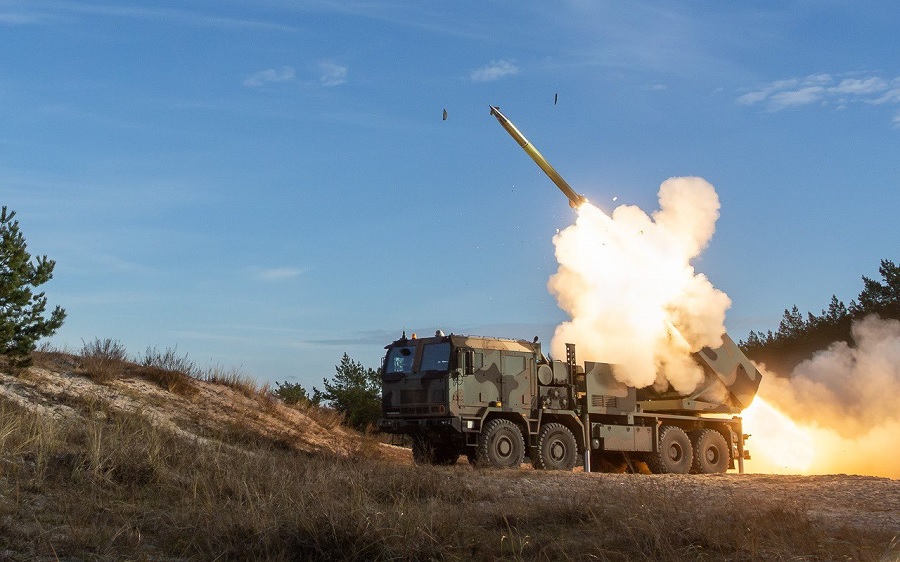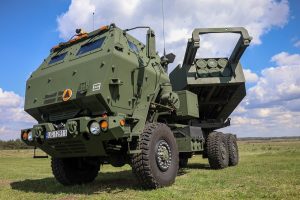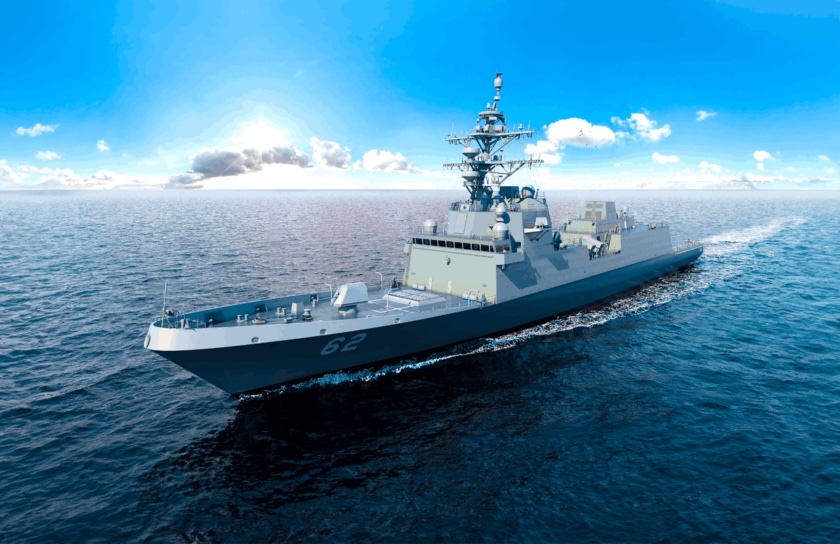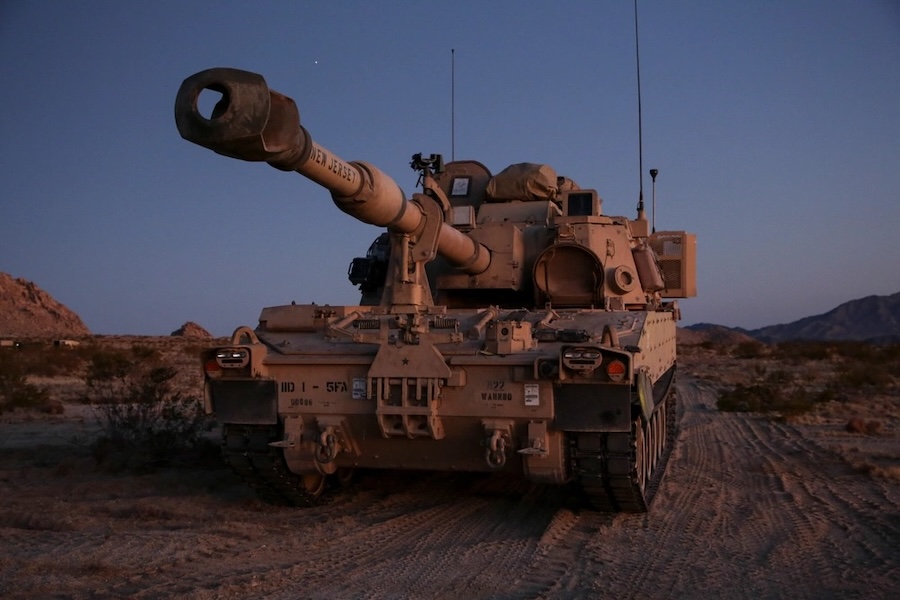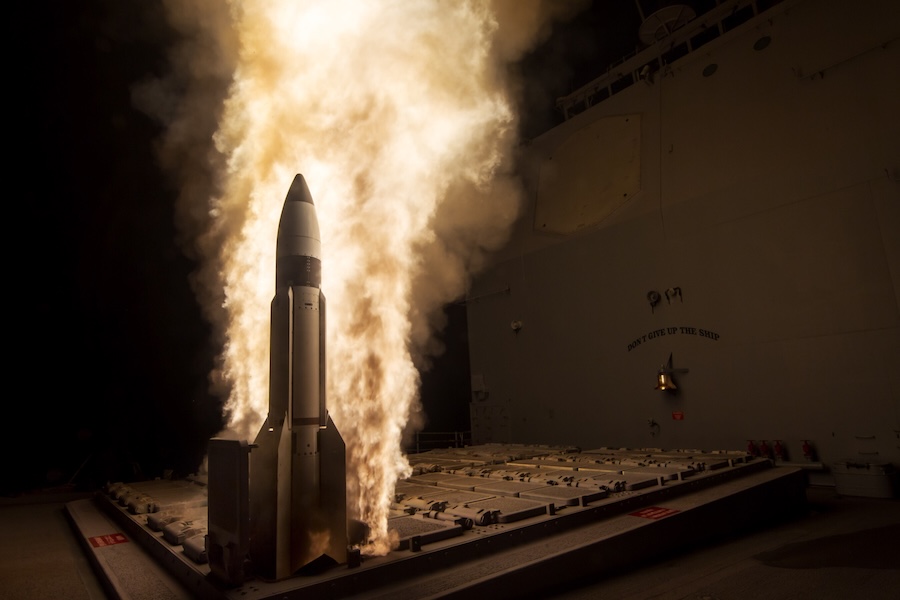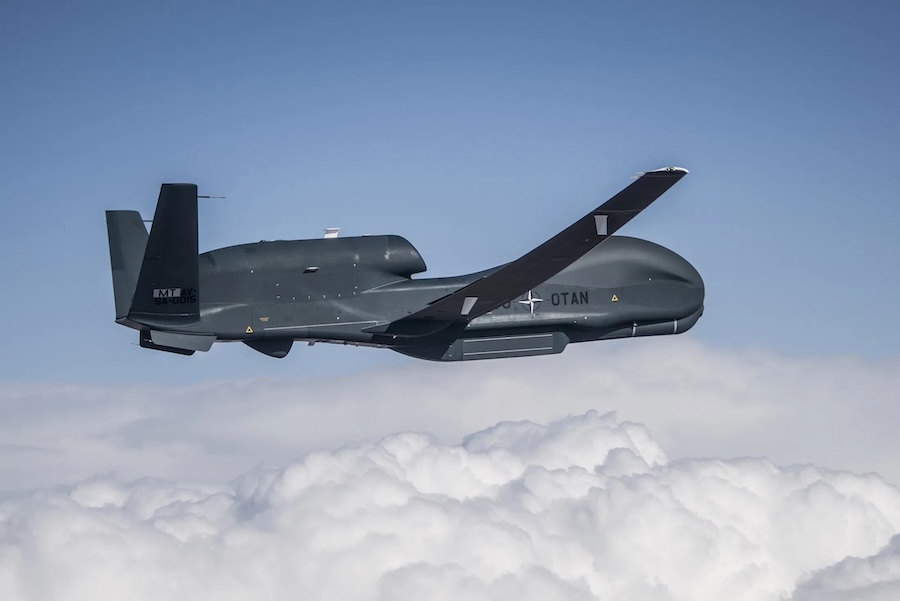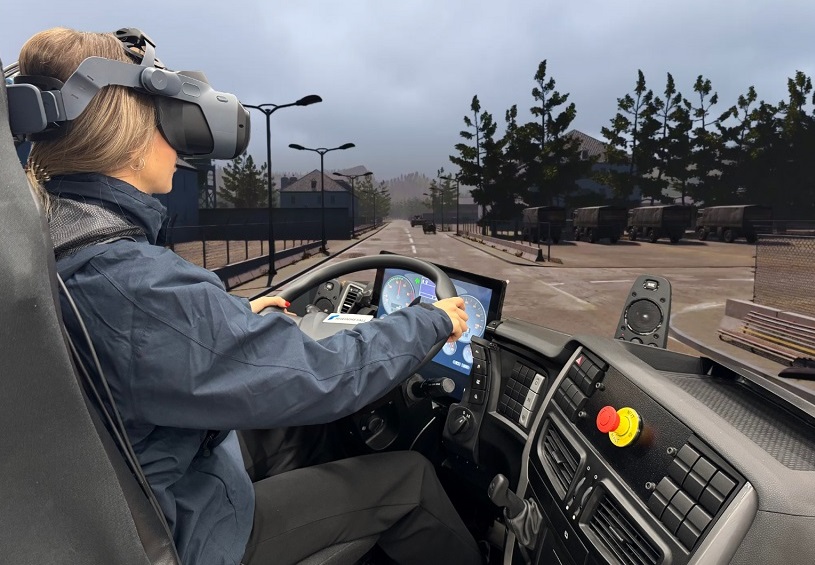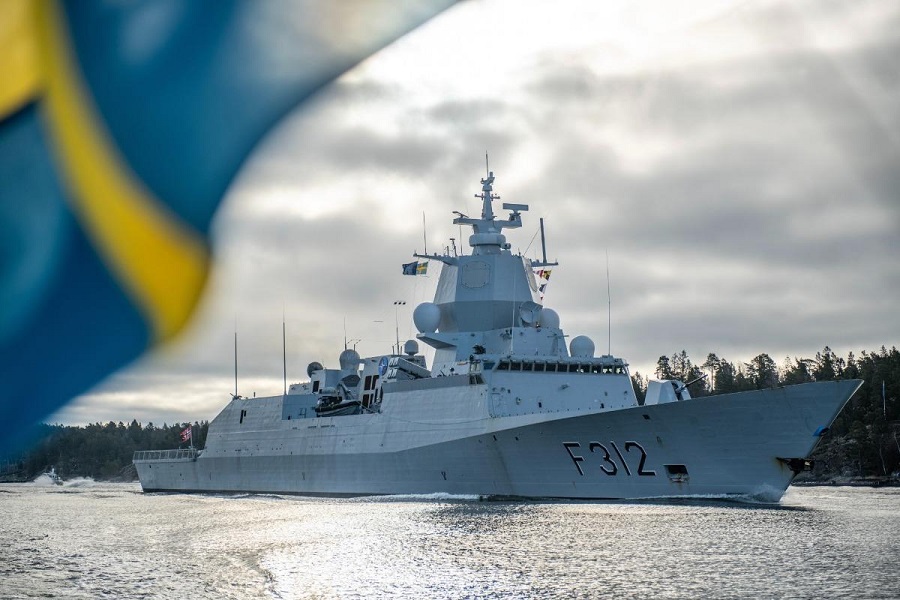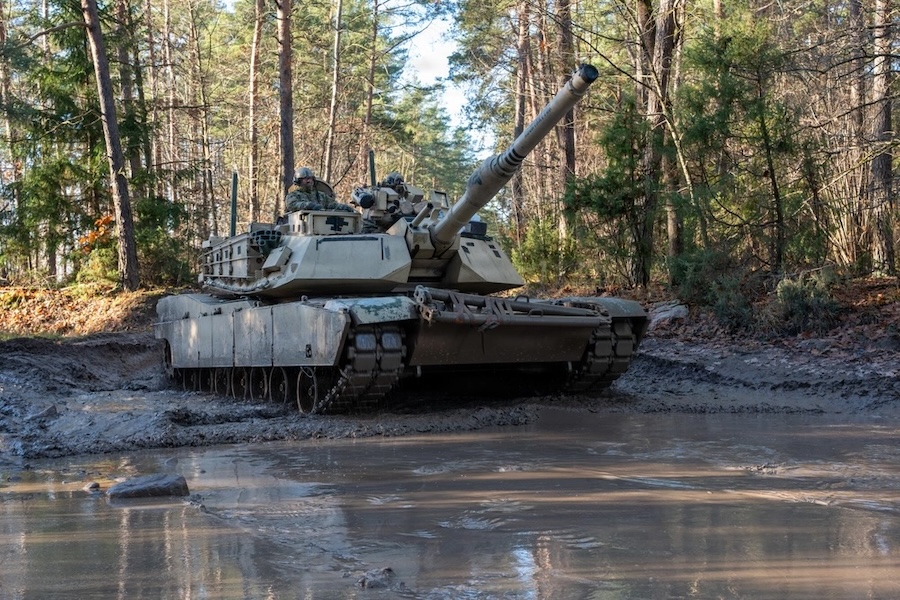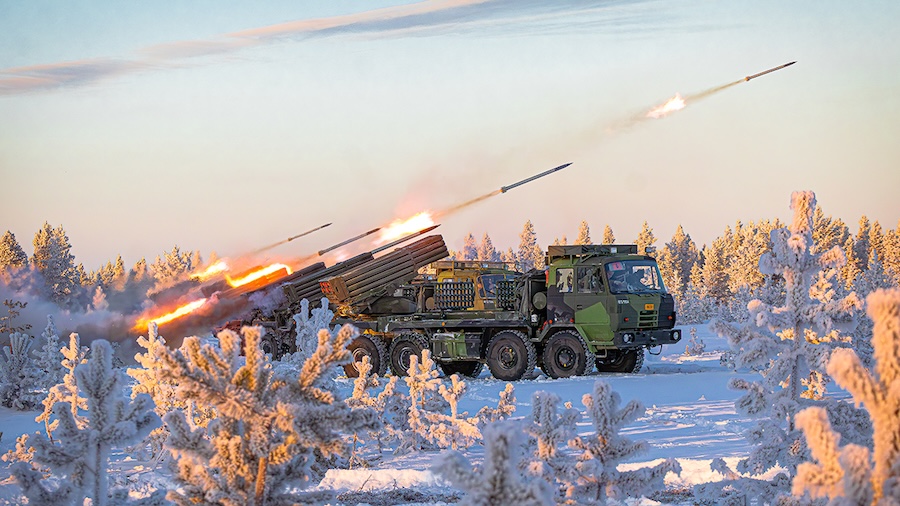The rapid technical modernisation that followed in 2022 was driven by the worsening security situation in Europe and Poland’s large-scale military support to Ukraine. While exact figures remain undisclosed, open sources confirm that Poland sent over 300 main battle tanks, more than 400 infantry fighting vehicles, and over 150 armoured personnel carriers.
This military aid included not only Soviet-era equipment, but also modern Polish-made Krab howitzers, Rak mortars, and Piorun man-portable air-defence systems, as well as MiG-29 fighters and Mi-24 helicopters. Fast and substantial, these deliveries played a major role in strengthening Ukraine’s early wartime defences and likely altered the course of the conflict.
However, this effort also forced Poland to urgently rebuild its own capabilities after depleting its military stockpiles. Due to limitations in local production, Poland turned to foreign suppliers for key weapons systems, which helped replace ageing equipment with modern solutions tailored to current battlefield needs.
Significant changes can be seen especially in land forces, with deliveries of American Abrams tanks and South Korean K2 tanks restoring and expanding armoured power. In total, Poland has ordered 716 main battle tanks through programmes conducted with General Dynamics Land Systems and Hyundai Rotem.
Artillery forces have also been expanded with American HIMARS launchers and large-scale orders from South Korea’s Hanwha Aerospace, including 290 Homar-K rocket artillery systems and 364 K9 self-propelled howitzers. These additions are building what analysts now describe as NATO’s strongest artillery.
Sweden’s Saab has also become a key partner, supplying weapons across land, air, and naval domains since 2022. In 2023, the Polish Armament Agency signed the largest Carl-Gustaf M4 launcher contract in Saab’s history — 6,000 units plus ammunition and training support — with deliveries already underway.
Another milestone was the delivery of two Saab 340AEW aircraft with Erieye radar, enhancing Polish airspace monitoring. Contracted in July 2023, both aircraft were delivered and operational by November 2024, offering long-range detection of aircraft, drones, and missiles in response to threats near the Polish border.
In naval cooperation, two electronic intelligence ships are under construction at Remontowa Shipbuilding for Sweden under the “Delfin” programme, with Saab providing the systems. The project supports future joint Baltic operations, as one similar vessel is already in Swedish service and was also built in Poland.
Saab’s cooperation with Polish industry includes Base Group, which supplies components for Saab’s A26 submarines and was awarded “Supplier of the Year”. Additional initiatives include five fully equipped training centres for Polish soldiers, now fully operational following final deliveries in June 2024.
This cooperation has deepened Poland-Sweden defence relations, contributing to joint efforts on Baltic security, airspace surveillance, and civil defence. Sweden’s accession to NATO further reinforced their shared strategic outlook on threats to Europe and the alliance’s eastern flank.
Meanwhile, air and missile defence became another priority modernisation area, with the U.S. and U.K. as primary partners. Poland is acquiring eight Patriot batteries with PAC-3 and PAC-2 interceptors through the “Wisła” programme, with components from Lockheed Martin, Raytheon, and Northrop Grumman.
The U.K.’s MBDA is delivering short-range defence systems, including Pilica+, Mała Narew, and the major Narew programme — 23 batteries equipped with CAMM-ER missiles, co-developed with a Polish consortium of 11 defence firms. All systems will be integrated with the IBCS command network for enhanced coordination.
Once implementation is complete, Poland will operate one of NATO’s most advanced ground-based air defence systems, capable of intercepting a broad spectrum of aerial threats. These upgrades reflect the scale and impact of strategic industrial partnerships formed since 2022.



